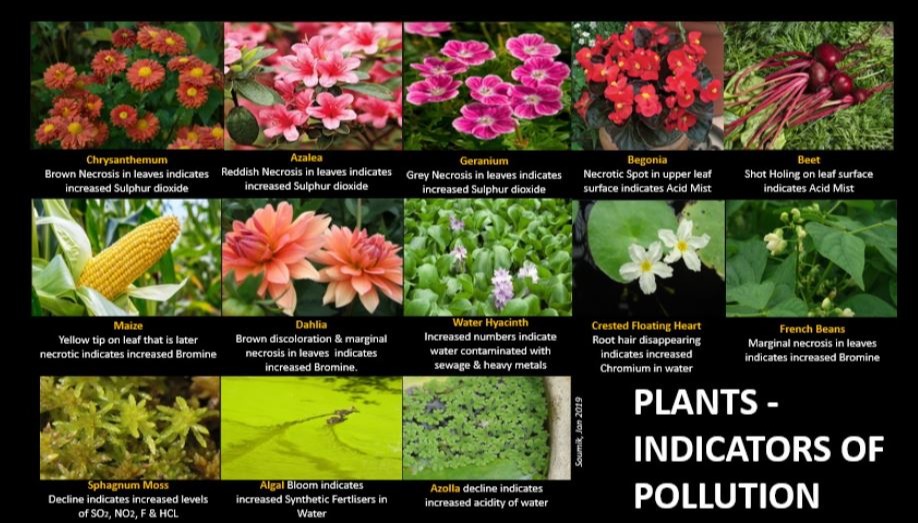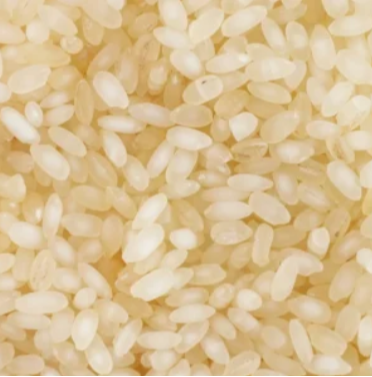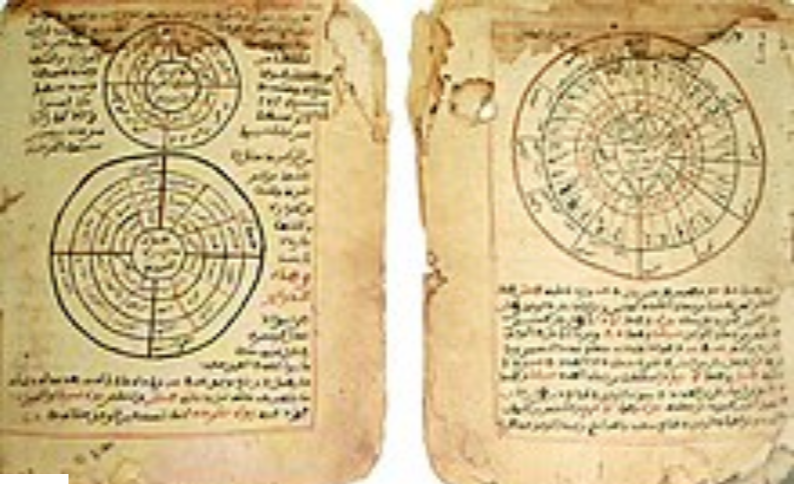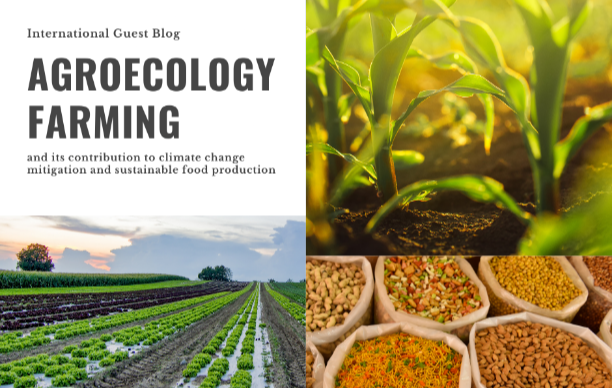“This blog reflects my exploration into the ancient roots of agroecology and how Vedic wisdom continues to inspire sustainable farming today.”
Tanisha Purkayastha
GEOGRAPHY Department
Loreto college Kolkata
FARMING, A LIFE-SUSTAINING ACTIVITY
Farming is a vital and life-sustaining activity, and it is important for survival and prosperity. Ancient scriptures like the Rigveda, Yajurveda, Samveda, and Atharvaveda emphasize the value of agriculture, discouraging gambling and promoting farming as a noble profession. Humans were taught how to plough and how to sow seeds by our ancestors,

and this has been going on through generations. As we harvest our sown crops and fill our granaries with grains, we appease our ancestors so that we can grow more grains like wheat, rice, barley, black gram, lentil, kidney bean, sesame, millet, red gram, etc.
The passage emphasizes the importance of agriculture, unity, and knowledge in farming. It begins with a symbolic blessing for staple crops like rice, barley, black gram, and sesame. It encourages people to live in harmony, comparing their relationships to the sweetness of sugarcane. The text highlights the need for scientific knowledge, agricultural resources, and to overcome obstacles. Farmers are advised to prepare their oxen and tools, sow seeds properly, and use the best farming practices to ensure high-quality grain production. Additionally, it provides traditional seed treatment methods, recommending coating stick-form seeds with honey and ghee, while bulb-form or hard-coated seeds should be treated with wet cow dung to enhance their growth.
- WATER
This section discusses the importance of divine and natural water sources, how water comes as rainfall, merges into rivers, is obtained by digging wells, or emerges naturally. It emphasizes the purity of water and its essential role in sustaining life.
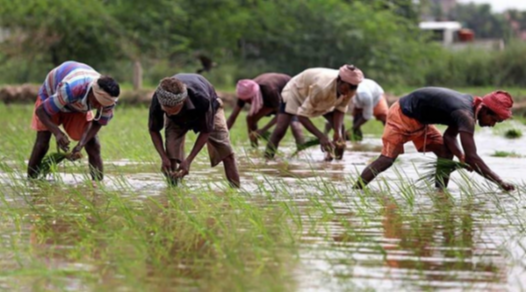
- IRRIGATION
Irrigation emphasizes the importance of sustainable water sources for farming, highlighting the necessity of using water from wells efficiently and ensuring that livestock receives proper nourishment. Farmers are advised to access well water using ropes, store grains carefully, prepare tools for agricultural tasks, and fill the pot with 8 kg of water. A comparison is made between the flow of water from a well to a farm and the way sunlight reaches the Earth, illustrating the essential role of irrigation in agriculture.
“Water is the lifeblood of the Earth—flowing like the light of Surya.”. The Ashwini Kumars ploughed grains like barley to provide food for humanity and helped eliminate enemies and thieves. Their role is to ensure both agricultural prosperity and societal protection.
- AGRICULTURAL TOOLS AND PRACTICES
With the grace of Lord Indra, crops are harvested using a sickle, ensuring a successful yield. The role of rainfall, attributed to Parjanya (the rain god), is emphasized for prosperity in farming. A comparison is made between the farmer removing crops from dried plants and Indra defeating his enemies, symbolizing the importance of timely harvesting. Additionally, the winnowing process, which separates the chaff from the grain, is likened to how intellect and knowledge refine speech, signifying the value of wisdom in agriculture and life.

- WOMEN POWER
The role of women in ancient times, as referenced in the Rigveda, illustrates that oxen were used both for plowing fields and pulling chariots, and it acknowledges that women were skilled enough to be accomplished charioteers. The mention of Keshi, the wife of Rishi Moudgalya, driving an oxen chariot with great speed while being pursued by armed forces further emphasizes the strength, courage, and capability of women in various roles, including those requiring physical endurance and leadership.
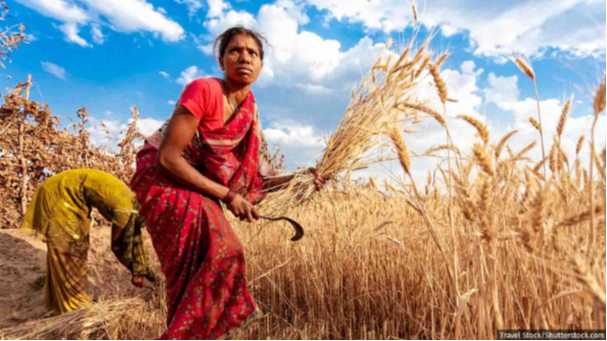
- ANIMAL HUSBANDRY
This verse marks the vital role of cows in providing wealth, strength, and prosperity. It refers to cows as a symbol of affluence and calls upon Indra to bless people with their benefits. The importance of cow’s milk, which is considered the first ingredient in preparing and sweetening the sacred elixir Soma ras. Additionally, it expresses a wish that cowherds enjoy a lifetime of happiness alongside the very cows that contribute to religious and agricultural practices, particularly in performing yagyas (sacrificial rituals). This verse underscores the deep cultural and economic significance of cattle in Vedic traditions.
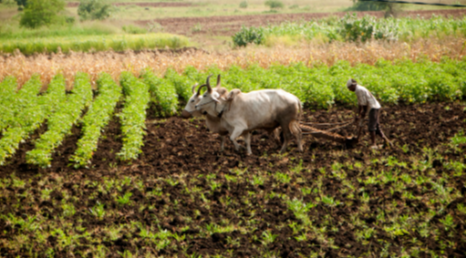
KRISHI PARASHARA
The content on this page is derived from an ancient text called Krishi Parashara, which was written by Rishi Parashara. It highlights the significance of agriculture, stating that, according to Rishi Parashara, farming is essential for sustaining the world. This suggests that agriculture is not just an economic activity but a fundamental aspect of human civilization and survival.
- IMPORTANCE OF AGRICULTURE
This verse emphasizes the vital role of agriculture, portraying it as a divine profession established by Prajapati (Lord Brahma) for the sustenance of the world. It encourages people to embrace farming without hesitation, highlighting that a farmer, as a landowner, holds a status even greater than that of a king. Furthermore, it stresses that material wealth, such as gold, silver, and fine clothing, is meaningless if one lacks food, reinforcing the idea that true prosperity lies in agriculture. Overall, the passage presents farming as an honorable and essential profession, crucial for human survival and well-being.
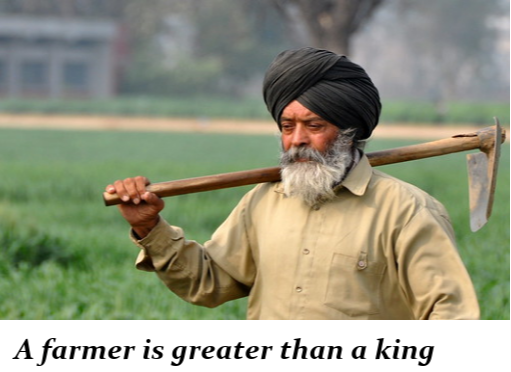
It emphasizes the fundamental role of agriculture in sustaining life. It begins by stating that grains (Anna) or farm produce are the primary source of sustenance, providing strength and energy. It highlights that all beings, including gods (Devatas), demons (Rakshasas), and humans (Manushya), rely on food for survival, reinforcing the indispensable nature of farming.
Furthermore, the text underscores the idea that both food and prosperity originate from agriculture. It encourages people to embrace farming as a noble and essential profession, as it is the only means to secure sustenance and economic stability. Without farming, society would struggle to survive.
The passage also addresses the ethical considerations of farming. It acknowledges that the livelihood of farmers depends on microorganisms in the soil. Since the primary duty of a farmer is to produce food for the world, any accidental harm to these microorganisms is considered forgivable, emphasizing the necessity of agriculture over minor transgressions.
Additionally, the text highlights the dependence of agriculture on rainfall. It states that all farming activities are influenced by rain-bearing clouds, making it crucial for farmers to study omens, astrological patterns, and mathematical calculations to predict rainfall and plan cultivation accordingly.
The text notes that in ancient times, agriculture was mostly rainfed, making knowledge of rainfall essential. Rishi Parashara identifies four types of clouds—Aavarta, Samvarta, Pushkara, and Drona—which play a key role in forecasting weather for farming. Understanding these natural patterns was vital for successful agricultural planning.
FOOD, WITHOUT WHICH NOTHING IS
“I am Anna. I am Annada.”
TAITTIRIYA UPANISHAD
The Taittitriya Upanishad profoundly emphasizes anna(food) as the foundation of existence, recognizing it as both a physical necessity and a spiritual force. These passages establish food as the source of life, the sustainer of all beings, and the ultimate reality that connects everything to Brahman.
The Sacredness of Food (Anna) in the Taittiriya Upanishad
The Taittiriya Upanishad profoundly emphasizes anna (food) as the foundation of existence, recognizing it as both a physical necessity and a spiritual force. These passages establish food as the source of life, the sustainer of all beings, and the ultimate reality that connects everything to Brahman.
Key Teachings from the Passages:
- Food as the Source, Sustainer, and Destination
- Anna is the firstborn among all beings, making it the primary force in the cycle of creation.
- Everything originates from Anna, lives by Anna, and eventually dissolves back into Anna, highlighting the interconnectedness of all existence.
The Cycle of Consumption and Transformation
All beings consume anna, and anna in turn "consumes" them. This reflects the natural cycle of life and death—just as food sustains life, all life ultimately returns to nourishment for the next generation. Because of this, Anna is revered as sarvausadha—the universal medicine that heals and sustains all.
Food as the Embodiment of Cosmic Order
The passage connects Anna with the larger cosmic framework: the earth (prithvi) is sustained by anna, and the sky (akasa) partakes in anna. Understanding this connection leads to greatness, prosperity, and spiritual fulfillment.
The Realization of the Self as Anna
The latest passage introduces a profound realization: "I am Anna, I am annada (the partaker of anna)." This statement dissolves the distinction between the eater and the eaten, revealing a deeper truth—the individual and the sustenance they consume are the same. It suggests that the ultimate realization (Jnana) is understanding one’s unity with the entire cycle of existence.
The Sun and the Dissolution of the World
The text metaphorically compares the realized being to the sun, which illuminates and sustains the world. This highlights the Upanishadic teaching that self-knowledge (atma-jnana) leads to a radiance that transcends material existence.
The Spiritual Meaning of Food
The individual who recognizes Anna as sacred attains abundance in life—prosperity, wisdom, and ultimately liberation. Just as Anna is consumed, one who fails to give to Anna is himself consumed—suggesting that generosity and gratitude are essential virtues. The ultimate realization is that anna is not just food—it is the essence of all creation, preservation, and dissolution.
The Taittiriya Upanishad teaches that anna is not merely a material substance but a fundamental principle of existence. It sustains life, represents cosmic order, and serves as a metaphor for the divine reality (Brahman). Recognizing this truth leads to spiritual awakening, where one no longer sees oneself as separate from existence but as an integral part of the eternal cycle.
This philosophy encourages reverence for food, ethical consumption, and gratitude—values that remain deeply relevant in modern life.


